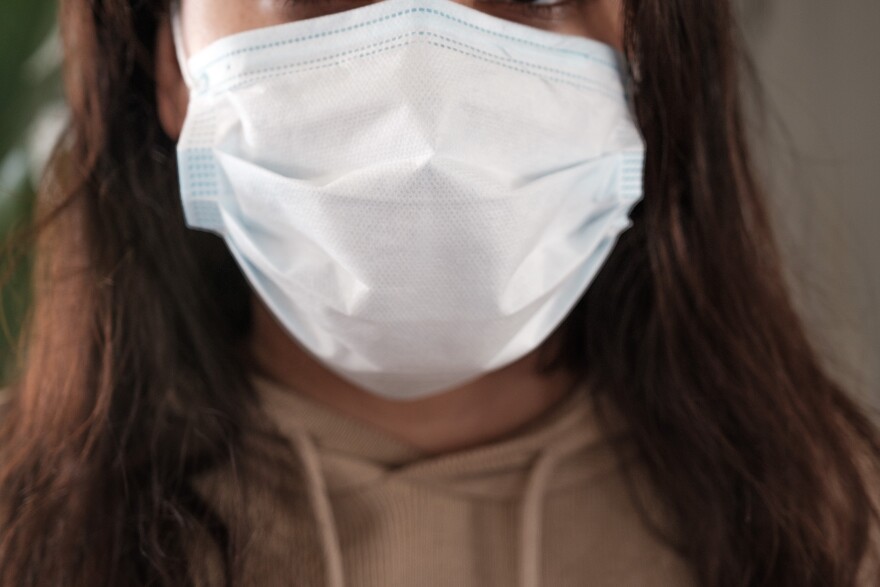With our free press under threat and federal funding for public media gone, your support matters more than ever. Help keep the LAist newsroom strong, become a monthly member or increase your support today.
California To End The COVID State Of Emergency

California’s COVID-19 state of emergency will end Feb. 28, 2023, nearly three years from its initiation, officials from Gov. Gavin Newsom’s office announced today.
The announcement came as new variants spur concerns that there will be another deadly winter surge across the country and as test positivity rates plateau in California following a nearly three-month decline. More than 95,000 Californians have died as a result of COVID-19, according to state data.
The state of emergency gave Newsom broad, often controversial, powers to issue masking mandates and temporary stay-at-home orders in an effort to slow the spread of the virus. It also enabled the governor to enter into billions of dollars of no-bid emergency response contracts with testing facilities, personal protective equipment suppliers and temporary workforce agencies. Some of those contracts were with untested vendors who failed to deliver services.
Today, 27 provisions from the 74 executive orders issued under the state of emergency remain in effect, officials said. More than 500 provisions have already ended. The Newsom administration would not allow the press to name the senior officials who participated in an embargoed media briefing about ending the state of emergency.
“The State of Emergency was an effective and necessary tool that we utilized to protect our state, and we wouldn’t have gotten to this point without it,” Newsom said in a statement. “With the operational preparedness that we’ve built up and the measures that we’ll continue to employ moving forward, California is ready to phase out this tool.”
The duration of the state of emergency has been controversial among state Republican leaders who attempted to overturn the governor’s power during a Senate emergency meeting in March. The resolution to terminate the state of emergency was voted down 8-4, with senators voting along party lines.
At the time, representatives for frontline health workers, including the California Hospital Association, stated flexibilities allowed under the executive orders were critical to expanding capacity. It allowed health care officials to hire thousands of out-of-state workers who typically need to be licensed in California to practice, among other emergency measures.
The State of Emergency was an effective and necessary tool that we utilized to protect our state, and we wouldn’t have gotten to this point without it.
In February, the administration unveiled the SMARTER plan, its $3.2 billion long-term strategy for combating COVID-19. The strategy outlined preparedness measures such as stockpiling 75 million masks, increasing testing capacity to half a million tests per day and investing in the health care workforce and local community health organizations. The SMARTER plan’s rollout has been a key component in eliminating the need for emergency provisions, officials said.
“The administration has determined that rolling back the remaining 27 executive order provisions will have largely minimal operational impact,” an unnamed official said.
The administration plans on pursuing permanent legislative changes for two temporary provisions allowed under the executive order: allowing nurses to order and administer COVID-19 antiviral treatments like Paxlovid and allowing laboratory assistants to process COVID-19 tests.







